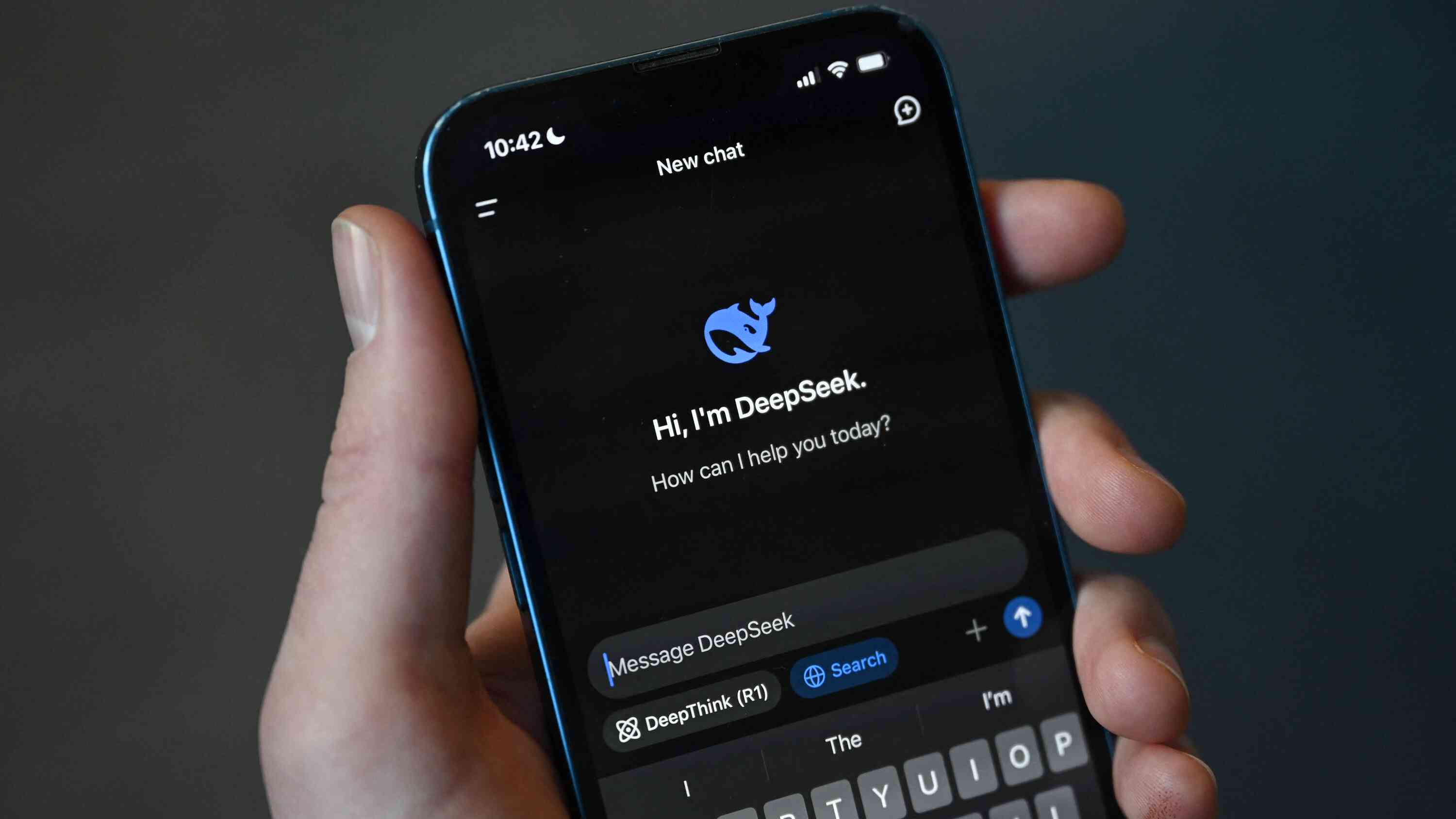
JUST the other day, the world woke up to a new kid on the block DeepSeek. Indeed, people were still getting used to the hype created by United States President Donald Trump on his government’s investment of US$500 billion in artificial intelligence (AI). Then without warning, DeepSeek took over the headlines. Checking on all trending news on AI, it seems DeepSeek is all that tech enthusiasts and academics are talking about. This article gives the basics of the tsunami that DeepSeek caused on the global scene. I will zero in on just a few ways in which DeepSeek has and will continue to transform the global AI ecosystem. Some of us could have been aloof when it comes to the new cold war or some of us could have been offline in the past two weeks. Well, you missed a mind-blowing and possibly technical knockout by China.
In the past two weeks, a giant in the field of AI called DeepSeek, which is one of the emerging AI tech companies in China, decided to throw one of the topical sucker punches by releasing a model called DeepSeek-R1.
Why do I call it a sucker punch? This model explicitly rivals OpenAI’s model o1. However, it is not just an ordinary rival but it seems to be more efficient and advanced than Open AI model o1.
DeepSeek-R1 requires far fewer resources and significantly less money to train. Then what is the impact of this introduction on the global AI scene?
On a beautiful Monday, American companies Nvidia and Broadcom woke up to one of the biggest drops in shares. Both companies (Nvidia and Broadcom) produce AI chips.
Their shares dropped by 17% for each company. What does this mean? The drop in shares of both these companies wiped out US$800 billion in market cap.
The other effect of DeepSeek is that it defied the mainstream paradigm. This mainstream paradigm is that for an AI model to work well and must be bigger, resource-intensive, and more expensive.
DeepSeek changed this narrative by proving that with fewer resources, infrastructure, and money, an AI model can be trained and still perform at the same level as other resource-intensive models like OpenAI’s o1.
- Harvest hay to prevent veldfires: Ema
- Public relations: How artificial intelligence is changing the face of PR
- Queen Lozikeyi singer preaches peace
- Public relations: How artificial intelligence is changing the face of PR
Keep Reading
What does this mean to the AI landscape? This effect is more fundamental when it is contextualised in events of the past weeks when OpenAI CEO Sam Altman, standing beside Trump at the White House, announced a US$500 billion investment in AI.
The big question is whether US$500 billion is really necessary? With such a huge investment, the US secures global leadership in the AI race, or the announcement was just for show and to scare competitors?
Additionally, DeepSeek changed the geopolitics and defence front. All that DeepSeek is showing is that the AI race has nothing to do with models and parameters and everything to do with geopolitics and national defence.
The reason for this view is that when DeepSeek started taking over the AI field and making worldwide headlines, most, if not all, media houses and rival companies, particularly from the Western world, started talking about DeepSeek’s privacy policy.
Their main argument is that DeepSeek collects, among other information, keystroke patterns from users. The rivals of DeepSeek also argue that the information that is being collected will be stored in servers located in China.
Of course, this makes many people feel uneasy, especially in the US and other Western powers, this can be put in the context of the ban on TikTok.
To specifically draw in defence, in just a few weeks, the US Navy wagged in and issued a warning to its members to avoid using DeepSeek “in any capacity” due to what they termed “potential security and ethical concerns”.
As if that was not enough, countries in Europe such as Italy, through their Italian Data Protection Authority (IDPA), requested DeepSeek to provide details on what type of personal data DeepSeek is collecting, where it is collecting it from, for what purposes, and where this data is being stored? It also wanted DeepSeek to confirm if its savers are located in China.
Another effect is that DeepSeek has brought extreme competitive pressure on the dominant AI companies that are predominantly domiciled in the US.
It does not require rocket scientists to show that the DeepSeek effect is the extreme competitive pressure it added to other AI companies, especially American ones.
But is competition bad? Competition is not bad, in fact, business competition is good, and maybe DeepSeek is the competitor OpenAI needs to increase its innovative potential.
In the face of this competition, OpenAI responded by stating that there is evidence that DeepSeek distilled the knowledge out of OpenAI’s models, breaching its terms of use and infringing on its intellectual property.
It is not a secret that for the past years, OpenAI has faced a growing number of AI copyright lawsuits from creators and media companies. In other words, something is not adding up here.
Intellectual property does not seem to be OpenAI’s big passion based on the number of lawsuits against it.
What are my other contributions to this DeepSeek issue? I believe that OpenAI was bothered by DeepSeek at first, its ego was severely bruised.
Second, DeepSeek put OpenAI under a form of financial bother, by showing that AI models can be created and trained at a fraction of the cost. Third, there is an issue of nationalism where there is general uneasiness for China to lead in the global AI race.
The critical question we can ask ourselves at this point is whether this backlash on DeepSeek will quieten or come to an end? My thinking is we have not even started.
The year 2025 has barely started, and the AI newsfeed is already out of control. So, brace yourself for an AI cold war.
Now, others might argue we have not introduced DeepSeek enough and you have been sending me some questions over the past week and here are my brief answers.
Who is DeepSeek?
Well, here is the introduction to our readers in Zimbabwe. DeepSeek is a new player in the AI world, based in China. They have created an AI model called DeepSeek-R1, which is as good as the best models from OpenAI, but it costs them much less to make. This has caused a big stir in the tech world.
Why is this model by DeepSeek so important?
DeepSeek’s R1 is important because it shows that you do not need a lot of money and resources to make a great AI model. This is a big deal because it challenges the idea that only big companies with lots of money can make the best AI.
What are the geopolitical concerns rising from the growth of DeepSeek?
There are also concerns about DeepSeek’s privacy policies. They collect information from users, including how they type on their keyboards, and this information might be stored in China.
I have answered the questions our readers asked and I hope I have given a basic narrative about the DeepSeek saga. If you have more questions, send them to the editors or direct them to me. I will respond to them in our next issues.
Sagomba is a chartered marketer, policy researcher, AI governance and policy consultant, ethics of war and peace research consultant. — [email protected], LinkedIn: @Dr. Evans Sagomba, X: @esagomba.











